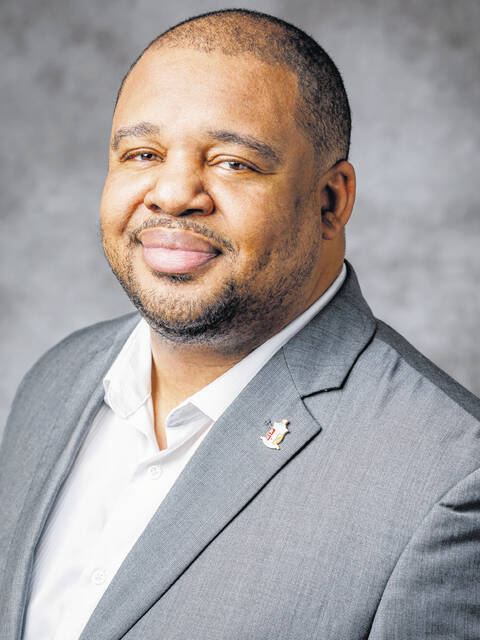
While the worst impacts of our long COVID-19 ordeal have taken their toll on Ohioans’ health and economic well-being, there’s been another big hit that I see directly from my position in higher education. Fewer Ohioans are applying for college or advanced career training, a disheartening trend affecting not only high school seniors and recent graduates, but also working adults who want to boost their careers.
Even more concerning, fewer of these potential college students or their families are applying for the kinds of financial aid that can make their college dreams possible. Sadly, this is financial help that most of them would qualify for, if only they would apply. As a result, much of this help goes unclaimed.
Here in Ohio, we can be grateful that our state education leaders are well aware of this challenge and it’s one they are taking aggressive steps to address. In fact, over the past year the state has awarded nearly $1 million in grants to 23 educational and community organizations to spread the word about the availability of college aid and the process students or their families can use to apply. In the coming year, the state is stepping up that support by committing $1.8 million to the awareness program’s second round. The goal, says Chancellor Randy Gardner of the Ohio Department of Higher Education, is to let potential college students know that career-boosting higher education is more affordable than many people think.
But first, to stake your claim to a share of this aid, you must apply. For the upcoming academic year (2022-23), your opportunity starts on Oct. 1 with the Free Application for Federal Student Aid, an online application process better known as FAFSA, which is the gateway to federal student aid program, and more. By filing a FAFSA, an adult student or a younger student’s family can show how their financial situation merits a grant or other aid to help with costs at most colleges and universities here in Ohio or nationwide.
Even better, in many states – including Ohio – the FAFSA form is also the starting place for state-supported college aid and a range of other assistance. For the current academic year (2021-22), students must submit their FASFA by Oct. 1, 2021 in order to be eligible for Ohio’s College Opportunity Grant.
In fact, at my own institution, Western Governors University Ohio, a high percentage of our students are receiving some sort of financial aid, scholarship or loan, much of which started with FAFSA.
It’s true that even in strong economic times, the cost of higher education can be a challenge for many. But it’s also true that the path to a good-paying career requires a college degree or other form of post-secondary certification. Despite these realities, the financial help to make educational attainment possible continues to go unclaimed because families and adult degree-seekers are unaware of the process to apply. While estimates vary, the National College Attainment Network says that billions of dollars in federal financial aid were left unclaimed nationwide last year.
We can’t let this trend continue if we hope to see Ohio families recover from the pandemic slowdown, because we know our children’s future and our state’s overall prosperity depend on plentiful, well-paying jobs. In turn, a strong supply of those jobs will depend on a well-educated, highly trained workforce. Yes, the pandemic has disrupted that equation, but October 1, 2021 – the start of the FAFSA application season – is the day to start setting things right.
Dr. K. L. Allen is chancellor of WGU Ohio, the state affiliate of online, non-profit Western Governors University.


